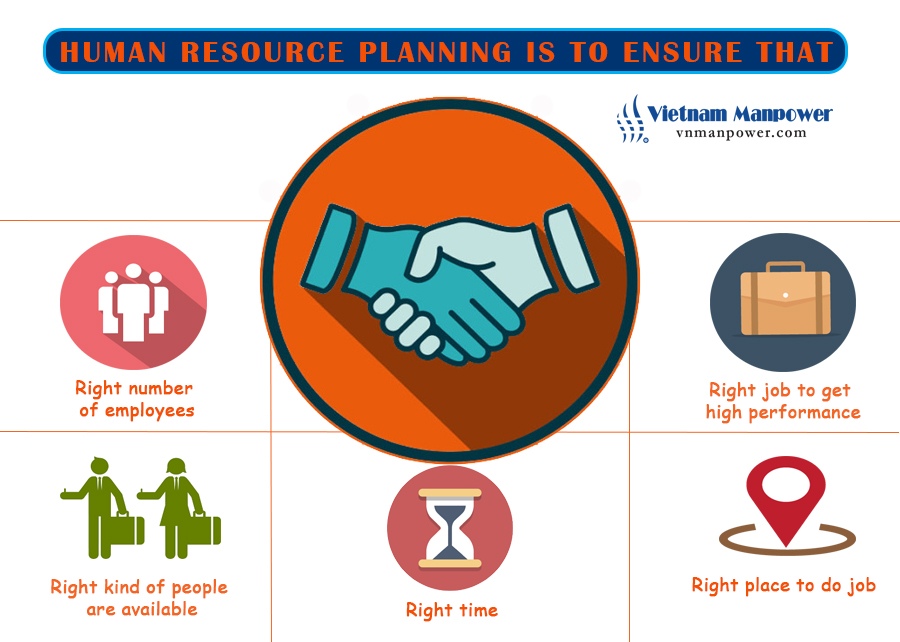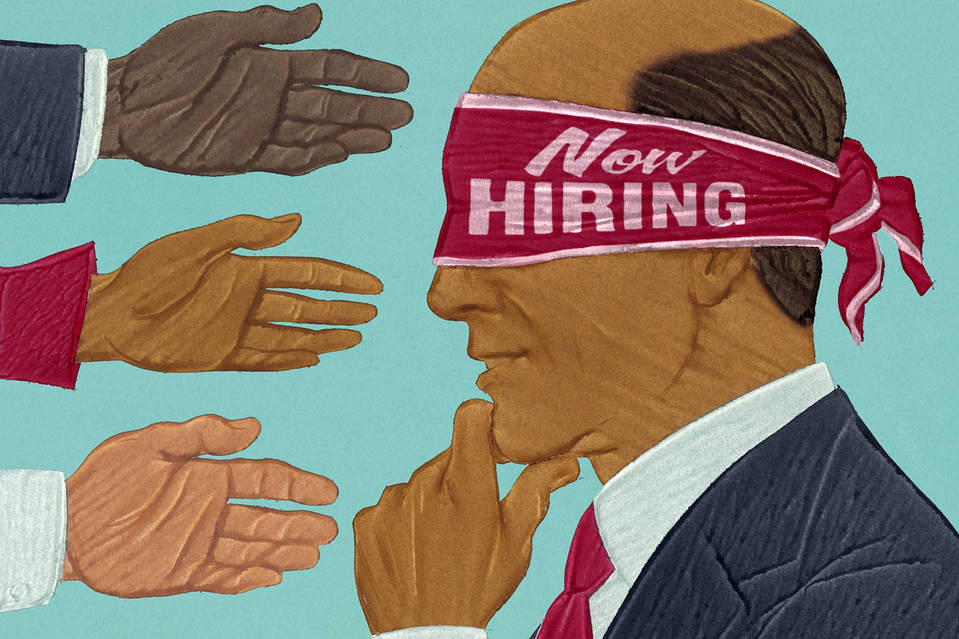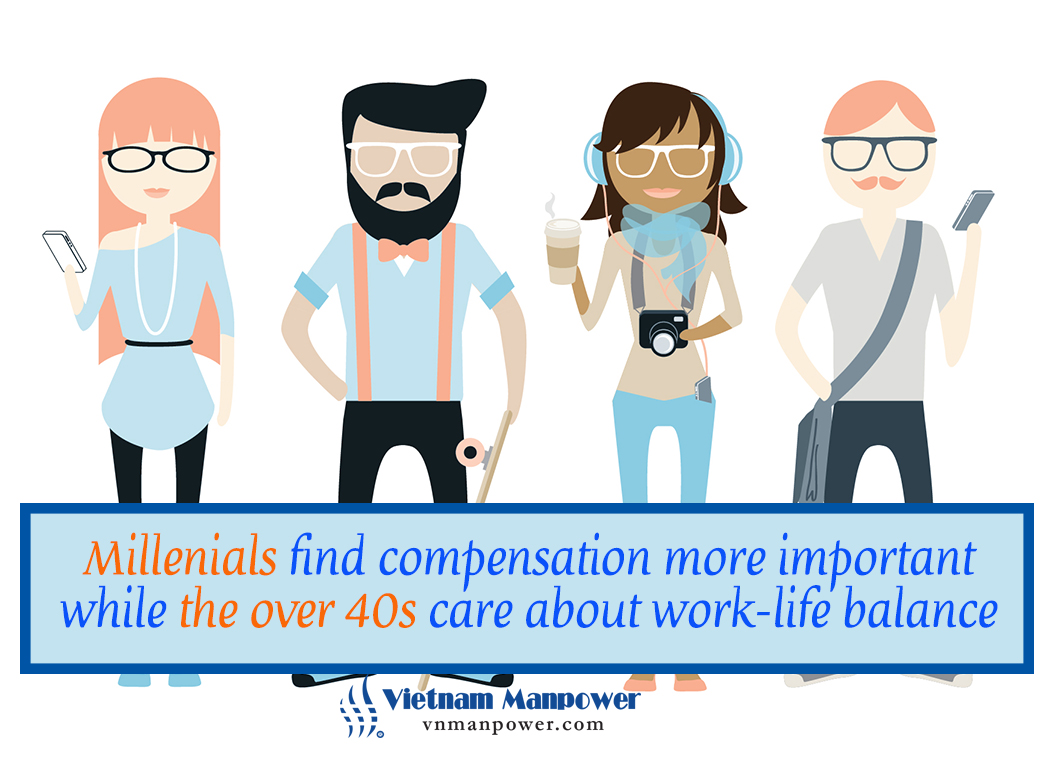Diversity ranges from ages, genders, races, religions, backgrounds, education levels to cultural behaviors, working styles, etc. Obviously, whatever you mix and match the workforce, right placement is always the top priority.

Why Your Company Should Diversify Workforce?
There are several benefits that your companies can enjoy from workplace diversity:
- Gain more skills and experience from multilateral perspectives
- Boost creativity
- Serve customers from different parts of the world better
- Increase revenues
How to Increase Workplace Diversity?
A right recruitment approach focusing on improving workforce diversity is the key solution. Here are some best practices in recruitment process from planning, sourcing, screening, interviewing to selecting candidates.
1. Manpower Planning

From our vast experience in staffing and recruiting for our clients around the world, we do understand that a true diverse workforce is not simply about statistics on employee background. To make use of workplace diversity, manpower planning is a must. Let employee metrics work for you by thorough analysis to find out the peak of performance and productivity.
Research from McKinsey & Company found companies that are more gender-diverse are more likely to outperform a homogenous workplace by 15 percent. Ethnically-diverse companies outperform by 35 percent.
Moreover, the plan should align with the organization’s strategic plan for long-term development.
2. Anonymous Recruitment

Anonymous recruitment or blind hiring is the perfect way to increase workforce diversity. When recruiters and hiring managers don’t see candidates’ personal information, they can be more objective in evaluating candidates’ work competence and potential. You might notice that there remain some conscious and unconscious biases all over the world. They can lead to race or gender discrimination in the selection of candidates as a consequence.
To anonymize candidates’ personal information unrelated to work performance such as name, gender, age, religion, your company should use a third-party software or professional tool. More and more companies in the world including international firms such as Google, IBM, Mozilla, Deloitte, KPMG, HSBC, etc adopted blind hiring practices in their recruitment process in order to avoid human bias in selection and benefit from a diverse workforce.
3. Diverse Pipeline of Candidates

Workforce diversity is not about quotas but different values to the organization in ideas generating, creative thinking, problem solving, etc. We tend to look for people like us, which is one of the mistakes that recruiters often make during a recruitment process. A recent survey by SHRM found that 57% of recruiters have strategies to attract diverse candidates. In the global skills shortage, the difficulty to fulfill a vacancy with the right candidate is increasing. It’s time for HR leaders and recruiters to change their recruitment mindsets. It’s not only attracting applicants but also actively finding the most suitable candidates.
Besides posting and advertising on job portals, company websites, social media networks, printed and online newspapers; sourcing passive candidates need to be paid more attention. Be sure that you understand exactly your target candidates before starting to find or attract them. Simply saying, you have to set specific goals and then find out where those people spend their time online and in real life. You can also expand your search by demographics and ask for support from local recruitment firms and universities/ colleges. In most cases, hiring via employee referrals is a valuable resource but it can become the bottom neck in workforce diversity. The reason is very simple: people tend to attract those like them.
4. Company Image of Diversity

According to Glassdoor, 67% of active and passive job seekers say that a diverse workforce is an important factor to evaluate the company and job offers. It also indicated that 72% of women, 89% of black, 80% of Asians consider workforce diversity important to them. It can be seen that minority groups are more sensitive to this issue.
To attract diverse candidates, your company has to show them a panorama image of diversity culture there. Employer branding is not the responsibility of HR or Marketing but every single member of the organization, from C-level executives to entry-level employees. Each staff member is an ambassador of the company, so you need to engage them effectively in the branding strategies. By offering such appealing policies that everyone loves as remote working, flexible hours, your company can be a great place to work in the eye of not only current employees but also potential diverse candidates.

A diversified workforce couldn’t be achieved overnight. There’s no fixed approach to increase diversity through recruitment practices for all organization, but these above tips can help improve your corporate diversity day by day. Hiring diverse candidates is not easy, but retaining them is much more difficult. To make diversity a competitive advantage of your company, be sure that you have a long-term strategic plan for not only diverse human resources but also relevant corporate goals.












Replies to This Discussion